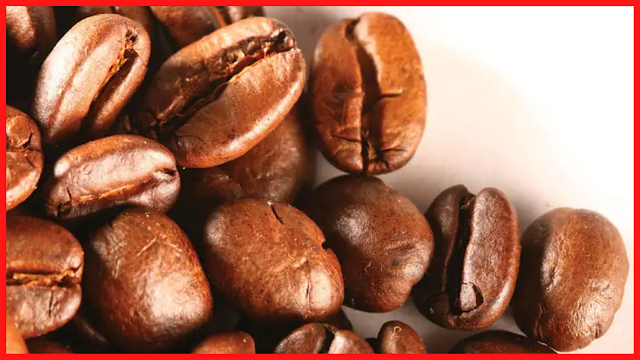 |
How Is Coffee Decaffeinated? |
The most common methods of decontamination include chemical solvents, usually ethyl acetate or methylene chloride. In a simple way, boil coffee beans and then wash them repeatedly with a chemical solvent to remove caffeine. Indirectly, the chemical agent never touches the beans but treats the caffeinated water in which the beans are soaked for hours. After removing the caffeine from the water with the solvent, the bean-flavored solution is added back to the beans, which absorb many oils and flavors. In both cases, the solvents are washed off or the green beans evaporate and when fried, more vapors are formed, which means that only the smallest quantity (considered safe for consumption) is purchased. ۔ Caffeine is always present in grains.
Another method, called the Swiss water process, is based entirely on water and carbon filtration. Coffee beans are first soaked in lukewarm water to extract caffeine and aroma. The initial beans are then discarded and the resulting flavored water (called "green coffee extract") passes through a carbon filter that is uniquely designed to capture large caffeine molecules. De-caffeinated green coffee extract is then used to wash and filter the next batch of beans. In this way, caffeine is filtered through beans without any chemical agents and beans without losing their flavor. This is the basic method used to de-caffeine organic coffee beans.
Finally, the scientifically named supercritical carbon dioxide method uses carbon dioxide (CO2) to act as both a gas and a liquid at high temperatures and pressures. This supercritical CO2 reaches gas-like cracks in coffee beans but dissolves caffeine like a liquid. After soaking the beans in water (a process that expands cell structure and facilitates the removal of caffeine molecules), they remain exposed to supercritical CO2 for several hours. Caffeinated CO2 becomes liquid and vapor, and then the beans are processed. Because it retains carbohydrates and protein, decaffeination results in reduced flavor.
Despite the long-standing stigma attached to de-caffeinated coffee, it is time for most people to reduce their caffeine intake. Whether volunteering or on the recommendation of a physician, whether for physical health reasons or to reduce the discomfort of a modern condition. Switching to D-Kef can be a great way to continue to enjoy coffee while trying to reduce it. Annoying side effects of caffeine.
Although some coffees are naturally low in caffeine as found in nature, the caffeinated coffees that most of us experience in our daily lives go through the chemical process of caffeine. There are many methods used today to remove caffeine from coffee, and each process is performed at the pre-frying stage when the coffee is still green. This means that coffee roasters can choose from a variety of processes, either to buy green coffee that has already been beheaded or to send its source green coffee to a processing facility. How your coffee was de-caffeinated can affect its taste, as well as some health issues (or not), so it pays to check which method is used before buying. Was?
Two Quick Notes: First of all, all D-caffeinated coffees taste slightly different from their caffeine counterparts, as the removal of bitter caffeine compounds has an inevitable effect on taste, body, and acidity. The change in taste will depend on the actual coffee as well as the method used. Second, all de-caffeinated coffees contain small amounts of caffeine. This process can ensure that some caffeine has been removed, but usually, a very small amount remains, the final amount of which depends on roasting and use in the cup.




0 Comments